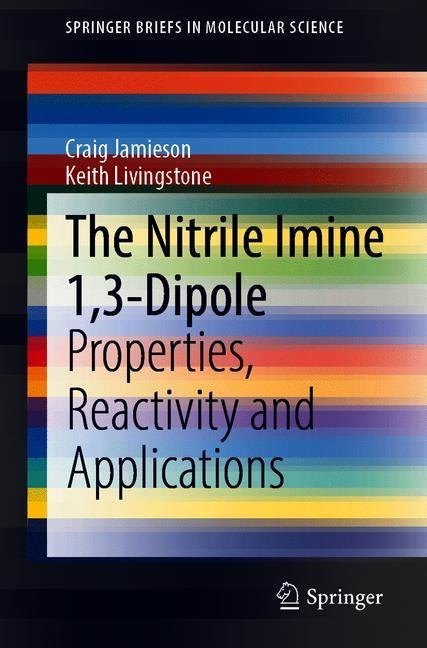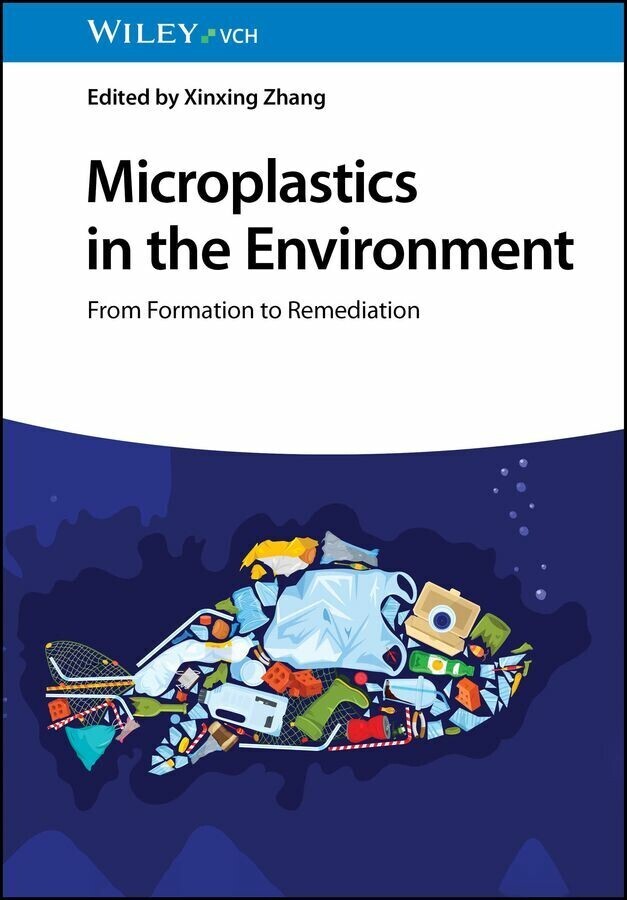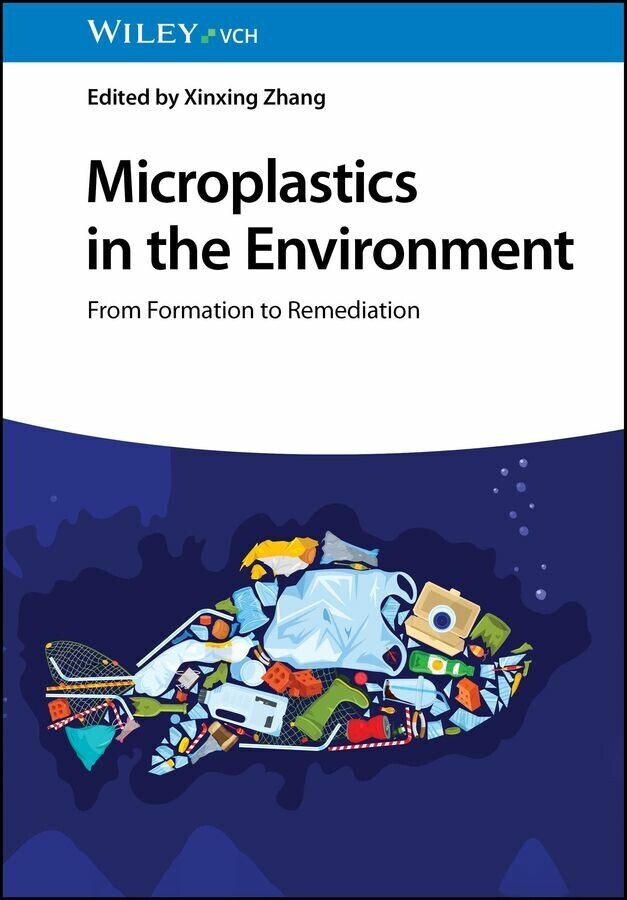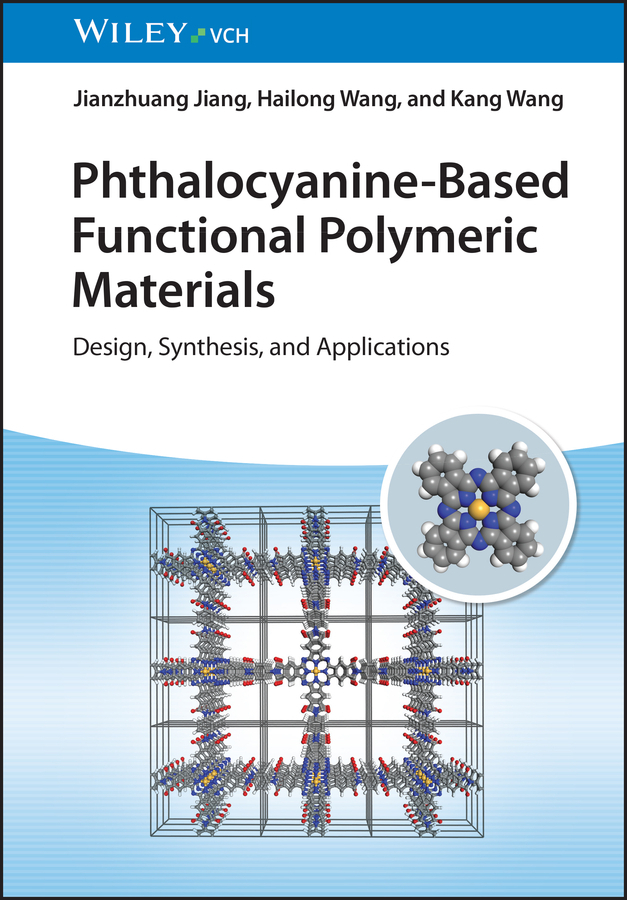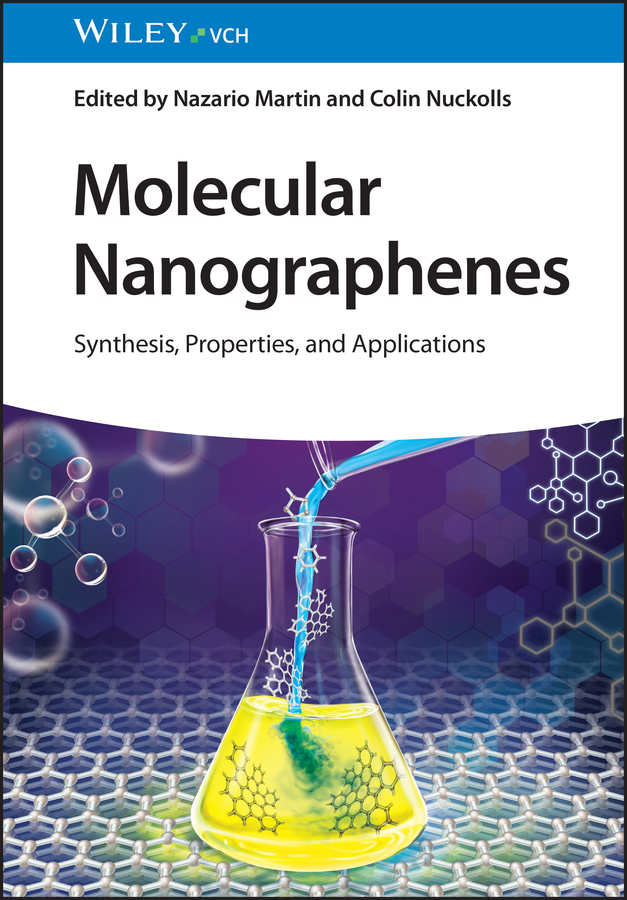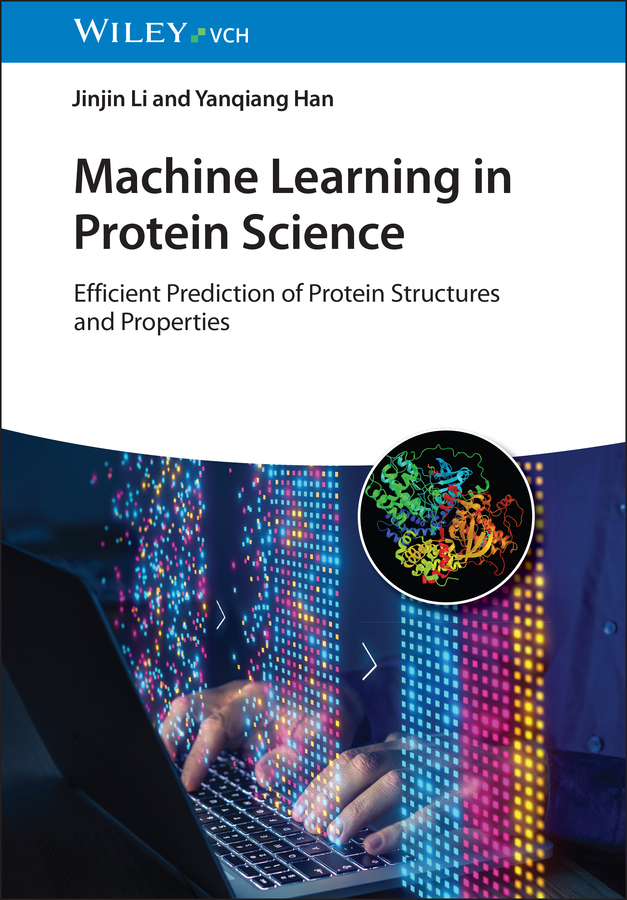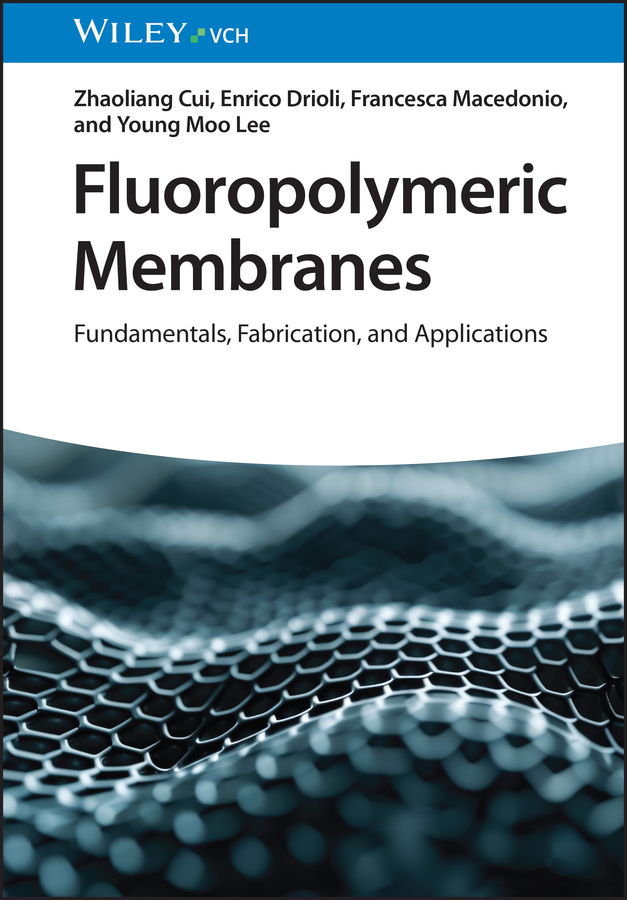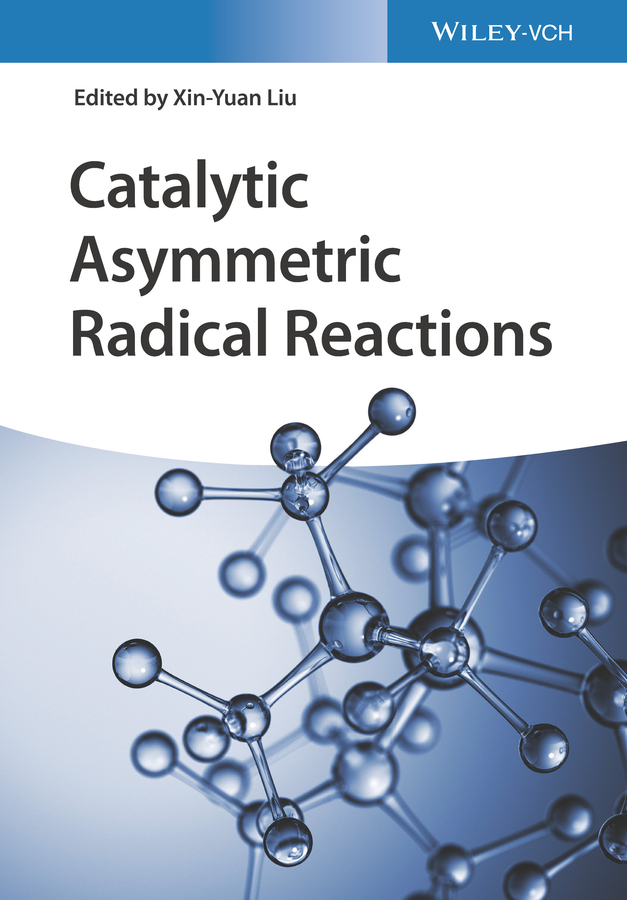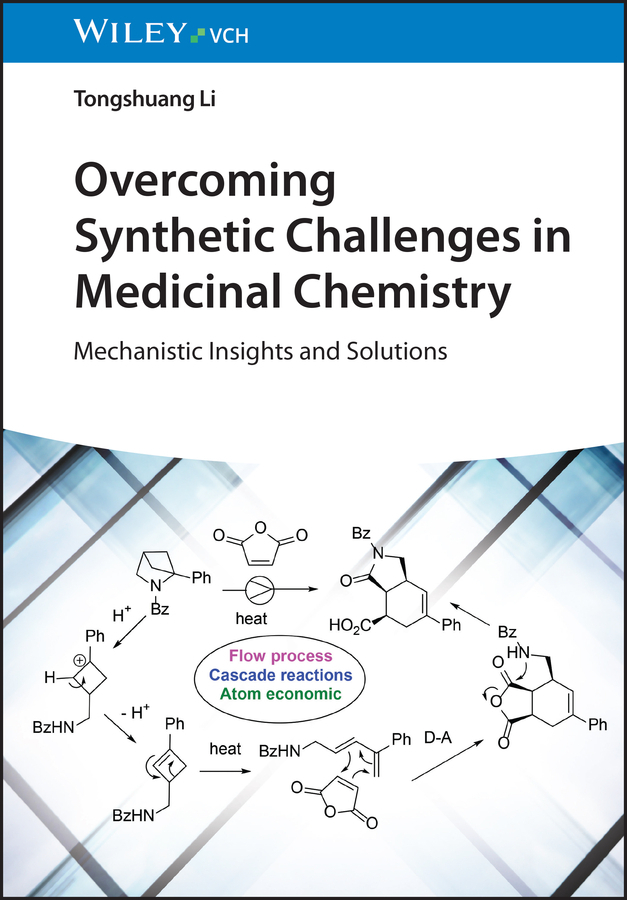The Nitrile Imine 1,3-Dipole
Properties, Reactivity and Applications
This book provides a comprehensive overview of the nitrilimine 1,3-dipole, from its initial discovery in 1959 to the most recent publications. Covering topics such as the core properties of the dipole and the various methods of synthesis available, it particularly highlights the diverse reactivity profile of the nitrilimine and its numerous applications in bioorthogonal and materials chemistry. The book is of interest to academic and industrial researchers working in this area and to those new to the field.
Craig Jamieson earned his B.Sc. (Hons) in Chemistry at the University of Glasgow in 1996. He pursued his Ph.D. studies under Professor R Ramage at the University of Edinburgh (1999). Following postdoctoral research under the supervision of Professor S V Ley at the University of Cambridge, in 2001 he was appointed as a Principal Scientist in GlaxoSmithKline's Discovery Medicinal Chemistry group, working on a range of exploratory medicinal chemistry programmes. In 2004, Dr Jamieson joined Organon Laboratories (later Merck Research Labs) as a Group Leader in the Medicinal Chemistry Department, with responsibility for hit to clinical candidate optimisation. In August 2010, he was appointed as a John Anderson Research Lecturer in Chemical Biology, based in the Department of Pure and Applied Chemistry at the University of Strathclyde.
Keith Livingstone completed his M.Chem in Chemistry with Drug Discovery at the University of Strathclyde (2016) under the supervision of Dr Craig Jamieson. Keith remained at Strathclyde and is currently in the final year of his doctoral studies with Dr Jamieson, which have also included two short research secondments at GlaxoSmithKline Medicines Research Centre Stevenage, and with Prof Ryan Gilmour at the Westfälische Wilhelms-Universität Münster.
Craig Jamieson earned his B.Sc. (Hons) in Chemistry at the University of Glasgow in 1996. He pursued his Ph.D. studies under Professor R Ramage at the University of Edinburgh (1999). Following postdoctoral research under the supervision of Professor S V Ley at the University of Cambridge, in 2001 he was appointed as a Principal Scientist in GlaxoSmithKline's Discovery Medicinal Chemistry group, working on a range of exploratory medicinal chemistry programmes. In 2004, Dr Jamieson joined Organon Laboratories (later Merck Research Labs) as a Group Leader in the Medicinal Chemistry Department, with responsibility for hit to clinical candidate optimisation. In August 2010, he was appointed as a John Anderson Research Lecturer in Chemical Biology, based in the Department of Pure and Applied Chemistry at the University of Strathclyde.
Keith Livingstone completed his M.Chem in Chemistry with Drug Discovery at the University of Strathclyde (2016) under the supervision of Dr Craig Jamieson. Keith remained at Strathclyde and is currently in the final year of his doctoral studies with Dr Jamieson, which have also included two short research secondments at GlaxoSmithKline Medicines Research Centre Stevenage, and with Prof Ryan Gilmour at the Westfälische Wilhelms-Universität Münster.
1;Preface;5 2;Abstract;6 3;Contents;7 4;About the Authors;9 5;1 Nitrile Imines and Their Properties;10 5.1;1.1 History;10 5.2;1.2 Resonance Forms;11 5.3;1.3 Spectroscopy and Isolation;13 5.3.1;1.3.1 Ultraviolet;13 5.3.2;1.3.2 Infra-red;14 5.3.3;1.3.3 Nuclear Magnetic Resonance;14 5.3.4;1.3.4 Isolation of NI Compounds;14 5.4;References;18 6;2 The Generation of Nitrile Imine Derivatives;22 6.1;2.1 Hydrazonyl Halides;22 6.2;2.2 Hydrazonyl Psuedohalides;26 6.3;2.3 Hydrazones;27 6.4;2.4 Tetrazoles;28 6.4.1;2.4.1 Thermolysis;29 6.4.2;2.4.2 Photolysis;31 6.5;2.5 Sydnones;37 6.6;2.6 Other Sources;39 6.7;References;41 7;3 The Reactivity of Nitrile Imines;45 7.1;3.1 1,3-Dipolar Cycloaddition;45 7.1.1;3.1.1 Regioselectivity;46 7.1.2;3.1.2 Rate of Reaction;47 7.1.3;3.1.3 Carbon-Carbon Double Bonds;51 7.1.4;3.1.4 Carbon-Carbon Triple Bonds;58 7.1.5;3.1.5 Carbon-Nitrogen Bonds;60 7.1.6;3.1.6 Carbon-Sulfur Bonds;64 7.1.7;3.1.7 Carbon-Oxygen Bonds;66 7.1.8;3.1.8 Heterocycles;67 7.1.9;3.1.9 Other Substrates;69 7.2;3.2 Nucleophiles;70 7.2.1;3.2.1 Alcohols;71 7.2.2;3.2.2 Amines;72 7.2.3;3.2.3 Thiols;74 7.2.4;3.2.4 Carboxylic Acids;75 7.2.5;3.2.5 Isocyanides;77 7.2.6;3.2.6 Phosphines;78 7.2.7;3.2.7 Boronic Acids;80 7.2.8;3.2.8 Enamines and Enol Ethers;80 7.3;3.3 Dimerisation;83 7.4;3.4 Intramolecular Rearrangements;86 7.5;3.5 Carbenic Nitrile Imines;90 7.6;3.6 Decomposition;93 7.7;References;94 8;4 Applications of Nitrile Imine Derivatives;106 8.1;4.1 General Synthesis;106 8.1.1;4.1.1 Biomolecules and Natural Products;107 8.1.2;4.1.2 Medicinally Relevant Compounds;108 8.2;4.2 Bioorthogonal Chemistry;109 8.2.1;4.2.1 Protein Ligation;115 8.2.2;4.2.2 Bioconjugative Reactions;121 8.2.3;4.2.3 Peptide Stapling;123 8.2.4;4.2.4 Chemosensors;124 8.2.5;4.2.5 Other Applications;126 8.3;4.3 Materials Chemistry;127 8.3.1;4.3.1 Polymer Synthesis;127 8.3.2;4.3.2 Polymer Cross-Linking;129 8.3.3;4.3.3 Reactions with Carbon Allotropes;134 8.3.4;4.3.4 Surface Chemistry;141 8.4;References;149 9;5 Conclusions;158 9.1;References;158
Jamieson, Craig
Livingstone, Keith
| ISBN | 9783030434816 |
|---|---|
| Artikelnummer | 9783030434816 |
| Medientyp | E-Book - PDF |
| Copyrightjahr | 2020 |
| Verlag | Springer-Verlag |
| Umfang | 159 Seiten |
| Sprache | Englisch |
| Kopierschutz | Digitales Wasserzeichen |

